/admin/item?itemID=85a31f25-5d59-49bd-9466-398883b88b1c
Mesopelagic diet as pathway of high mercury levels in body feathers of the endangered Black-capped Petrel (Diablotin) Pterodroma hasitata
Type of Access
OpenMaterial Type
ArticleType of Content
Scientific researchSubject
Biodiversidad - República DominicanaAves ─ República Dominicana
Hábitats y especies
Especies amenazadas o en peligro de extinción
Language
EnglishCollection
- Investigación ambiental [1759]
Metadata
Show full item record| Abstract: | The Diablotin or Black-capped Petrel Pterodroma hasitata is an endangered gadfly petrel found in the western North Atlantic, Caribbean Sea, and northern Gulf of Mexico. An estimated ~2000 pairs nest at five known sites on Hispaniola, Greater Antilles, although only 120 nests have been located to date. We collected breast feathers and feces from breeding adults in the Dominican Republic in April 2018 (n = 10) and from non-breeding adults at sea offshore of North Carolina, USA, in May 2019 (n = 10). We measured mercury burden in feathers and used fecal DNA metabarcoding to compare diets. We found higher concentrations of total mercury compared to other Pterodroma petrels worldwide, with mean concentrations of 30.3 ± 11.1 ppm dry weight (range: 15.2-53.9; n = 20). Diet was dominated by fish, including a high proportion of mesopelagic groups such as myctophids, as well as fishes of interest to artisanal and commercial Caribbean fisheries. These results confirm earlier suggestions of elevated ingestion of mercury by Black-capped Petrels, likely through the consumption of mesopelagic prey or fishery discards. |
| Author(s): | Satgé, Yvan G.
Janssen, Sarah E. Clucas, Gemma Rupp, Ernst Patteson, J. Brian Jodice, Patrick G. R. |
| Date: | 2024 |
| Published: | Marine Ornithology, 52, 261-274 |
| Citation: | Satgé, Y. G., Janssen, S. E., Clucas, G., Rupp, E., Patteson, J. B., & Jodice, P. G. (2024). Mesopelagic diet as pathway of high mercury levels in body feathers of the endangered Black-capped Petrel (Diablotin) Pterodroma hasitata. Marine Ornithology, 52, 261-274. Recuperado de: |
| URI: | https://bvearmb.do/handle/123456789/5332
|


